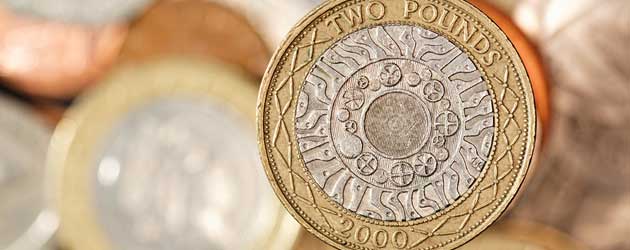
The Pound to US Dollar exchange rate struck a 2-month low yesterday afternoon as soft UK Retail Sales weighed over Sterling and comments from Federal Reserve Chairman Ben Bernanke boosted demand for the US Dollar.
Sterling began the day in decline as UK Retail Sales printed at an annualised rate of 0.2%, after an unexpected -1.4% shortfall during April. The poor figure was blamed, in part, on the bad weather, which contributed to a depressing -4.1%drop in food sales. However, the weaker-than-expected result painted a bleak underlying picture of consumer confidence and highlighted the extent to which British households have been impacted by the bitter combination of overshooting inflation and below-average wage growth.
In other UK economic news, the Bank of England Minutes report showed that Monetary Policy Committee members, once again, voted 6-3 against any further asset purchases. The Central Bank statement was tinged with dovish tendencies, but didn’t really add anything new to the equation and therefore had a muted effect on the Sterling exchange rate.
The latest government borrowing figures saw the Public Sector Net Borrowing total for April reach a record high for this time of year at £8.0 billion. However, the PSNB excluding Interventions figure, which is favoured by the British government, printed at a slightly more encouraging £6.3 billion.
Also on the bill, in a busy morning for UK economic releases, was a report from the International Monetary Fund urging the coalition government to spend more on infrastructure to boost economic output. The report was less scathing than many had expected, but beneath the diplomatic language there was a clear message that more needs to be done to prevent a “prolonged period of weak economic growth”.
Sterling’s decline against the US Dollar accelerated during the afternoon following Fed Chairman Ben Bernanke’s Economic Testimony. To begin with the Testimony appeared to point towards a continuation of the current pace of monetary loosening in the States as Bernanke commented on the unwanted consequences of reducing monetary policy too soon:
“A premature tightening of monetary policy could lead interest rates to rise temporarily but would also carry a substantial risk of slowing or ending the economic recovery and causing inflation to fall further.
Such outcomes tend to be associated with extended periods of lower, not higher, interest rates, as well as poor returns on other assets. Moreover, renewed economic weakness would pose its own risks to financial stability”.
The Fed Chairman also spoke of problems in the labour market: above-target Unemployment; dangerously high levels of long-term joblessness; and unwanted shrinkages in the participation rate.
However, these dovish remarks were largely ignored as during the questions and answers session Bernanke told reporters that the pace of QE3 could be slowed during the “next few meetings”. This simple statement was the catalyst that traders had been waiting for and subsequently the US Dollar soared across the board as risk sentiment was thrown into turmoil.
The Pound to US Dollar exchange rate (GBP/USD) hit a 2-month low of 1.5019 and the Greenback surged to a 4.5-year high against the Japanese Yen. The risk-sensitive Australian and New Zealand Dollars were also severely impacted by the news that Central Bank stimulus from the world’s largest economy could be on the verge of cooling.

Comments are closed.